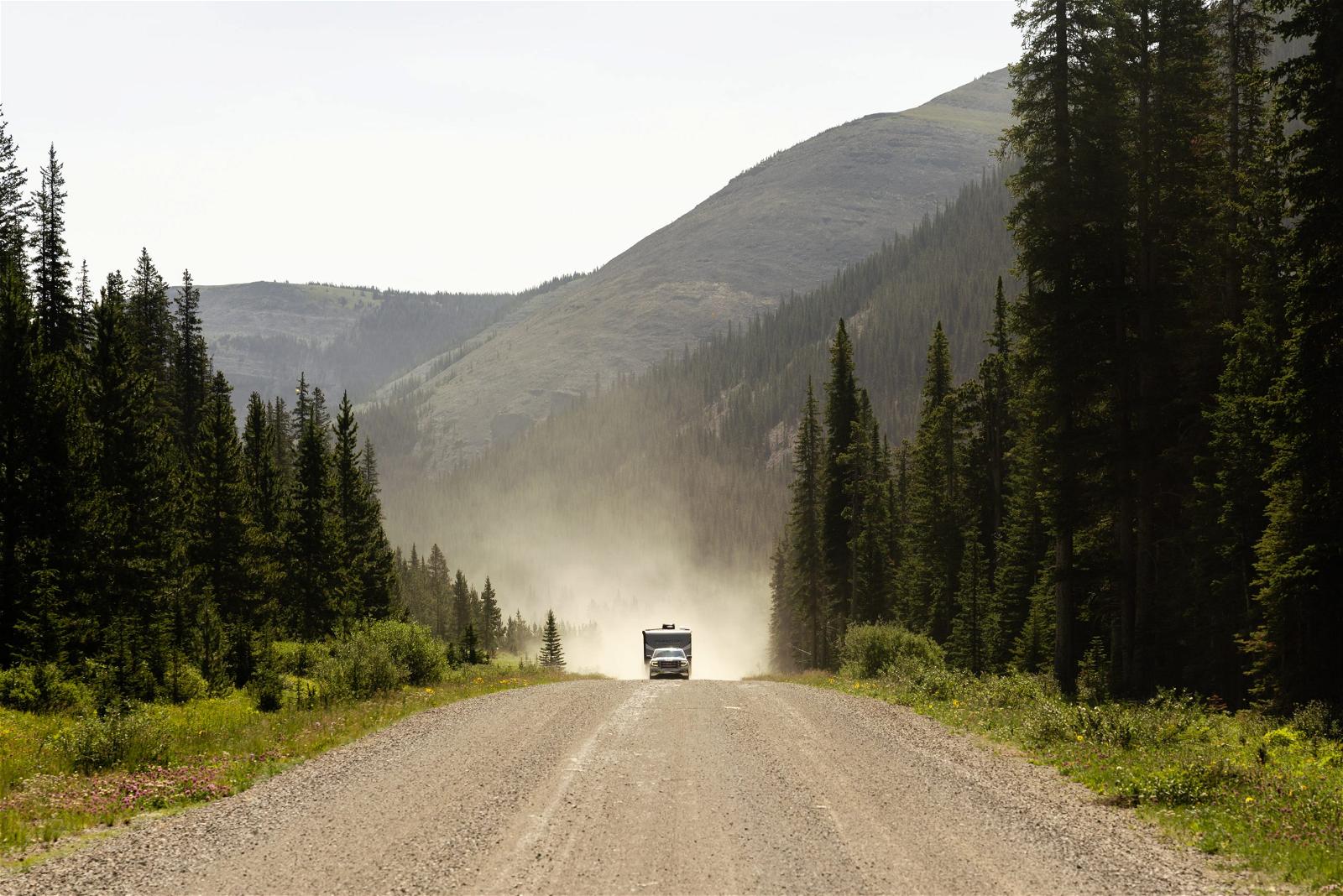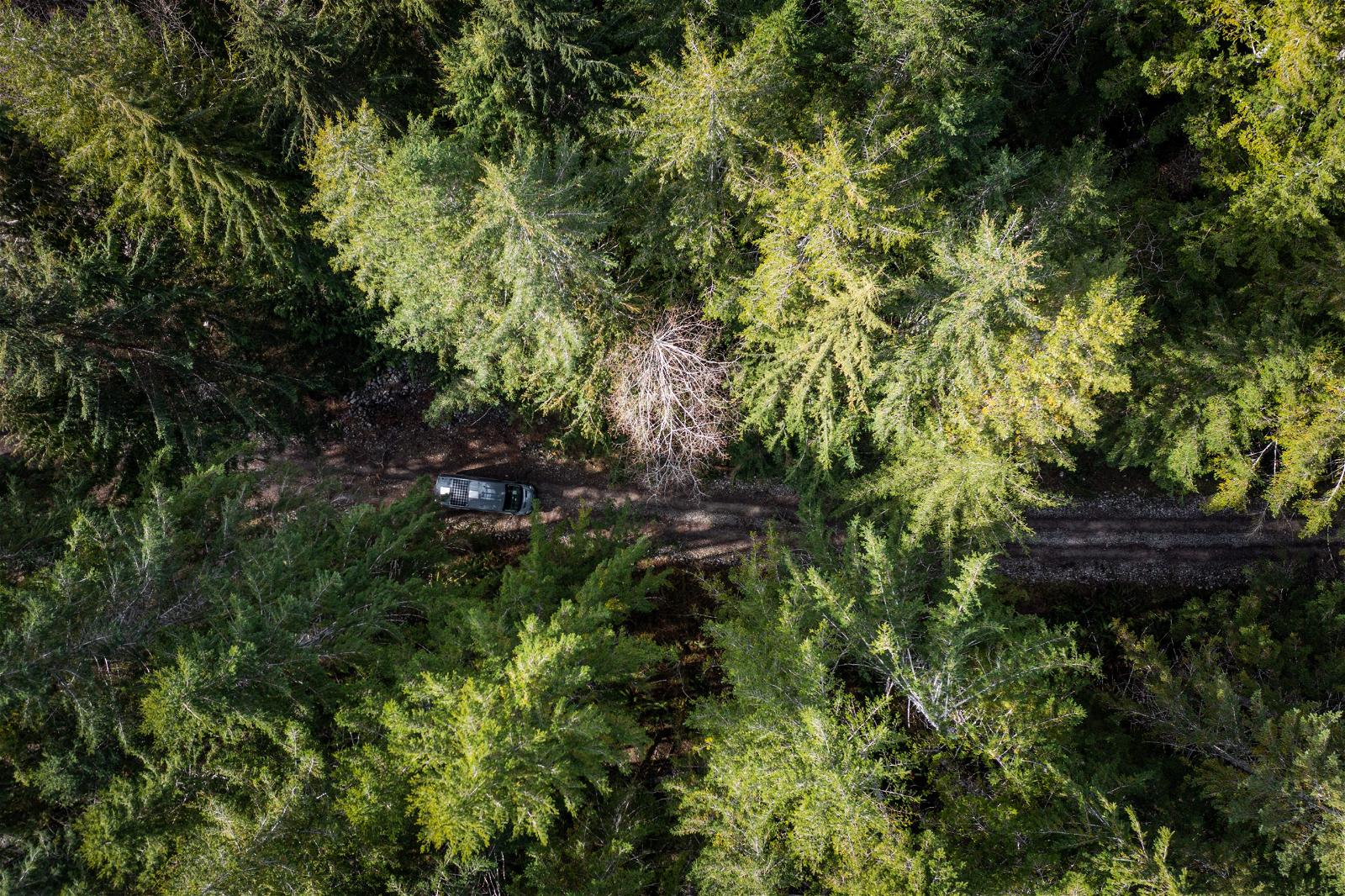Where to Camp in Western Canada

Navigating Western Canada
You might find yourself asking “Where to camp in Western Canada” No worries, this is how I do it. Open iOverlander anywhere in Canada and you’ll undoubtedly find an endless suggestion of places to camp. It shouldn’t come as a surprise, but that prime oceanfront site in a residential area isn’t legal even if a few people have gotten away with it. To help your next Canadian road trip go smoothly, I have put together this guide about Where to Camp in Western Canada: From Free to Fee.
Canada has some incredible campsites that are free; however, they’re likely nowhere near the spots you’ve lusted over on instagram. The west coast beaches near Tofino, the stunning Canadian Rockies surrounding Lake Louise, and the busy Sea to Sky corridor between Vancouver and Whistler offer campgrounds, but not legitimate rogue sites. Campers determined to stay for free will often have to venture further afield, onto Crown Land that is the Canadian equivalent of National Forest land. Even then, staying for free is complicated.
Here’s Where to Camp in Western Canada: From Free to Fee
Canada is massive and its population is relatively small, so there is an abundance of wilderness to explore. The vast majority of the entire country is Crown Land, technically owned under the commonwealth crown with His Majesty King Charles III as the head of state. In practice, this land is administered by various federal and provincial government ministries.
When it comes to Where to Camp in Western Canada, it’s impossible to place Crown Land into a single category because it encompasses National Parks, Provincial Parks, BC Recreation Sites, Alberta Public Land Use Zones, and unrestricted land.

Dusty Roads in Western Canada
No matter how it’s described, camping on crown land requires a degree of self-sufficiency. When we converted our Ford Transit into our dream adventure camper, we built it with the campsites in mind. We opted for dual Dakota Lithium 12V 100AH Deep Cycle LIFOPO4 batteries charged by a 315W solar panel and a Victron Energy SmartSolar MPPT 100 | 30 Solar Charger. It’s an incredibly efficient system that allows us to extend any camping trip indefinitely.
As you begin to explore these Crown Land sites, you’ll understand. They’re remote and often alongside some of Canada’s best wilderness environments. We felt it was critical to have an electrical setup that doesn’t limit our stay and the Dakota Lithium 12V 100Ah batteries have proven even more reliable than expected.
Unrestricted Crown Land
In general, Boondocking on undesignated Crown Land is free. It is restricted to 14-day maximum stays on entirely first come, first serve unofficial campsites. It can be incredible, but you’ll have to be quite remote to truly discover this benefit. In Western Canada, the vast majority of this camping is available in the Yukon, Northwest Territories, and remote sections of British Columbia.
The vast majority of Crown Land falls under provincial management and carries some form of distinction, including:
Alberta Crown Land and Public Land Use Zones
Alberta created a Public Lands Camping Pass that is required to random camp throughout the Alberta Rockies and its foothills. This includes all public land west of Hwy 22 or Hwy 43 from Grande Prairie to Waterton National Park falls into this category. The annual fee is only $30, per person, and it’s required by anyone camping outside of an established campground.
This zone includes Public Land Use Zones like the Ghost Wilderness, which is located just east of Banff National Park. The views are incredible and recreation opportunities range from ATVing to rock climbing with views that rival those in the national park.
These sites are entirely undeveloped, so campers must be self contained and pack out their garbage. It’s recommended to either haul out human waste or bury it sufficiently, at least 60m from any water source. It also pays to keep a clean campsite. Just because there isn’t a set rule book, these campsites are in prime Grizzly and Black bear habitat. All food and scented items should be stowed safely in a camper or vehicle when not in use.
BC Rec Sites

Primitive Camping – Alberta, Canada
The BC Government manages 1300 recreation sites, many of which include basic campgrounds. Almost every rec site includes designated campsites, picnic tables, and pit toilets. Services beyond those vary, along with user fees. The general price range varies from free to $20 per night.
It’s incredible how dispersed these sites are across the province. It’s not inaccurate to suggest that if you’re driving down a forest service road in British Columbia, you’ll eventually stumble across a Rec Site. The Lois Lake and Crying Girl Rec Sites are similar in size and they’re both entirely free. The former is located just 30 minutes from Powell River, on the popular Sunshine Coast, while the latter is found along the Graham River, nearly 100 km from the nearest paved road and two hours from Fort St John.
They’re rarely full, especially during the week; however, availability does get challenging at sites located close to cities and during long weekends from mid May through September.
Provincial Parks and National Parks
Almost all of the major travel destinations – those spots you’ve been watching on Instagram for years – are located in either a provincial or national park. They both operate in largely the same way, maintaining serviced campsites in designated areas. Expect to pay anywhere between $20 and $40 for a site, depending on the season, location, and provided services.
The biggest hurdle to booking national park sites, especially in the Rocky Mountains like Jasper, Banff, and Yoho, is availability. Reservations launch during the winter and sell out almost instantly.
Provincial parks tend to have more availability, provide more first come, first served sites, and they’re simply more abundant. There are only 37 national parks in Canada, but there are 644 provincial parks in British Columbia and 470 in Alberta.
Urban Options from Walmart to Canadian Tire
Sadly, the era of unrestricted free camping in Walmart parking lots has ended in western Canada. For years, this was the one of the most convenient ways to plan urban nights while avoiding fees; however, many box stores have had to restrict overnight usage.
Squamish, one of BC’s most popular mountain biking and climbing destinations, made headlines this summer when the Walmart cracked down on overnight camping because of severe overcrowding.

Painted Mountains
It’s still an option in many places, especially smaller towns that fall outside the major tourist destination hubs. The best practice is to phone ahead and confirm, but it’s also possible to simply turn up and follow posted signage. There will almost always be a sign to indicate if overnight camping isn’t permitted.
iOverlander Options
If you’re still curious about Where to Camp in Western Canada, circle back to iOverlander. While it doesn’t provide much oversight in terms of rules or regulations, it does hold an enviable amount of information. At worst, it’ll show you where you can get away with arriving late, leaving early camp spots in most places. At best, it’ll show you iconic locations that fit in one of the above categories.
If you choose to go this route, minimize your impact, follow leave no trace principles, and remember to read the comments. Especially on Vancouver Island, some towns have converted parking spaces into overnight spots in exchange for a small fee that can be paid at a disclosed location.